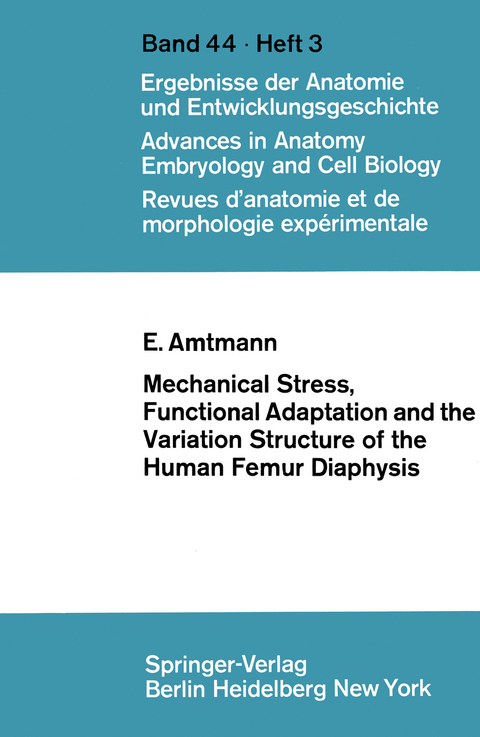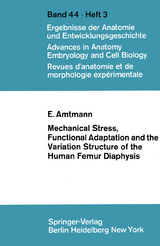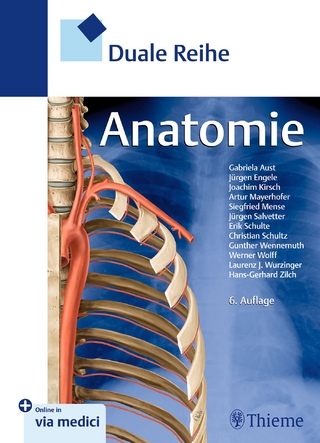Mechanical Stress, Functional Adaptation and the Variation Structure of the Human Femur Diaphysis
A. Introduction.- 1. The Formation of the Normal Femur Shape.- 2. The Functional Structure of the Femur Corticalis.- 3. Forces Acting on Human Femur Cross-sections.- 4. The Aim of the Present Investigation.- B. Materials and Methods.- C. Results.- 1. The Variation in Density of the Femur Shaft.- 2. The Variation of Breaking Strength in the Femur Shaft.- 3. The Variation of Structure Strength in the Shaft.- 4. Cross-sectional Area and Shape.- 5. Thickness of Compacta and Breaking Strength.- 6. Factor Analysis of the Variation Structure of Human Femur Cross-sections.- D. Discussion.- 1. The Problem of Lack of Bone Resorption in the Vicinity of the Neutral Surface.- 2. The Adaptation of Femur Cross-sections to Fluctuating Bending Stresses on the Assumption that Bone is an Isotropic Material.- 3. The Adaptation of the Femur Compacta to Fluctuating Bending Stresses by Means of Specific Distribution of Anisotropic Bone Material.- 4. The Factors Affecting the Variation of Size, Shape, and Structure of the Femur Diaphysis.- Summary.- Zusammenfassung.- Subject-Index.
| Erscheint lt. Verlag | 1.1.1971 |
|---|---|
| Reihe/Serie | Advances in Anatomy, Embryology and Cell Biology |
| Zusatzinfo | 90 p. 2 illus. |
| Verlagsort | Berlin |
| Sprache | englisch |
| Maße | 170 x 244 mm |
| Gewicht | 180 g |
| Themenwelt | Studium ► 1. Studienabschnitt (Vorklinik) ► Anatomie / Neuroanatomie |
| Studium ► 1. Studienabschnitt (Vorklinik) ► Physiologie | |
| Schlagworte | Adaptation • Bone • heredity • Stress |
| ISBN-13 | 9783540054641 / 9783540054641 |
| Zustand | Neuware |
| Informationen gemäß Produktsicherheitsverordnung (GPSR) | |
| Haben Sie eine Frage zum Produkt? |
aus dem Bereich




